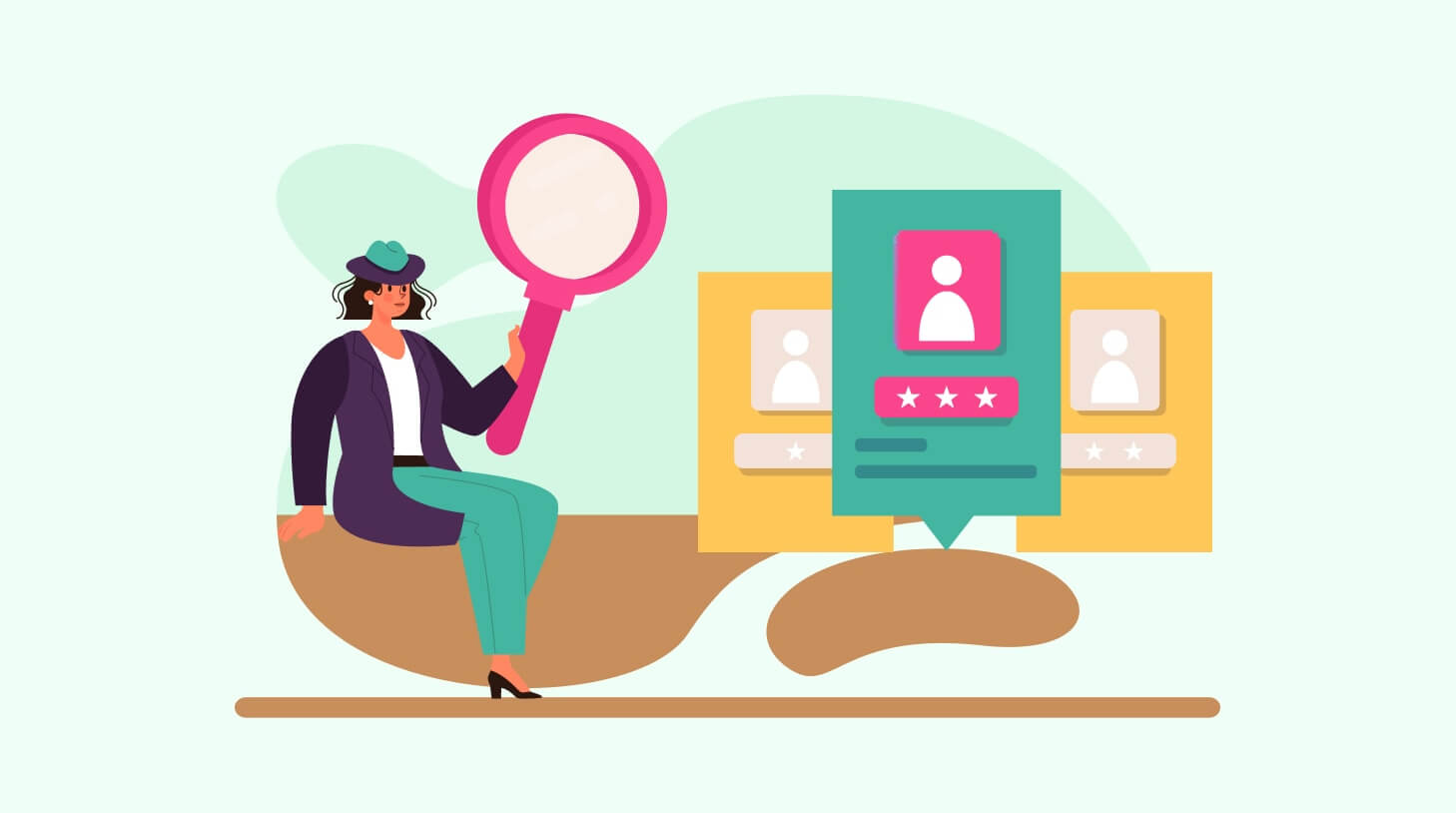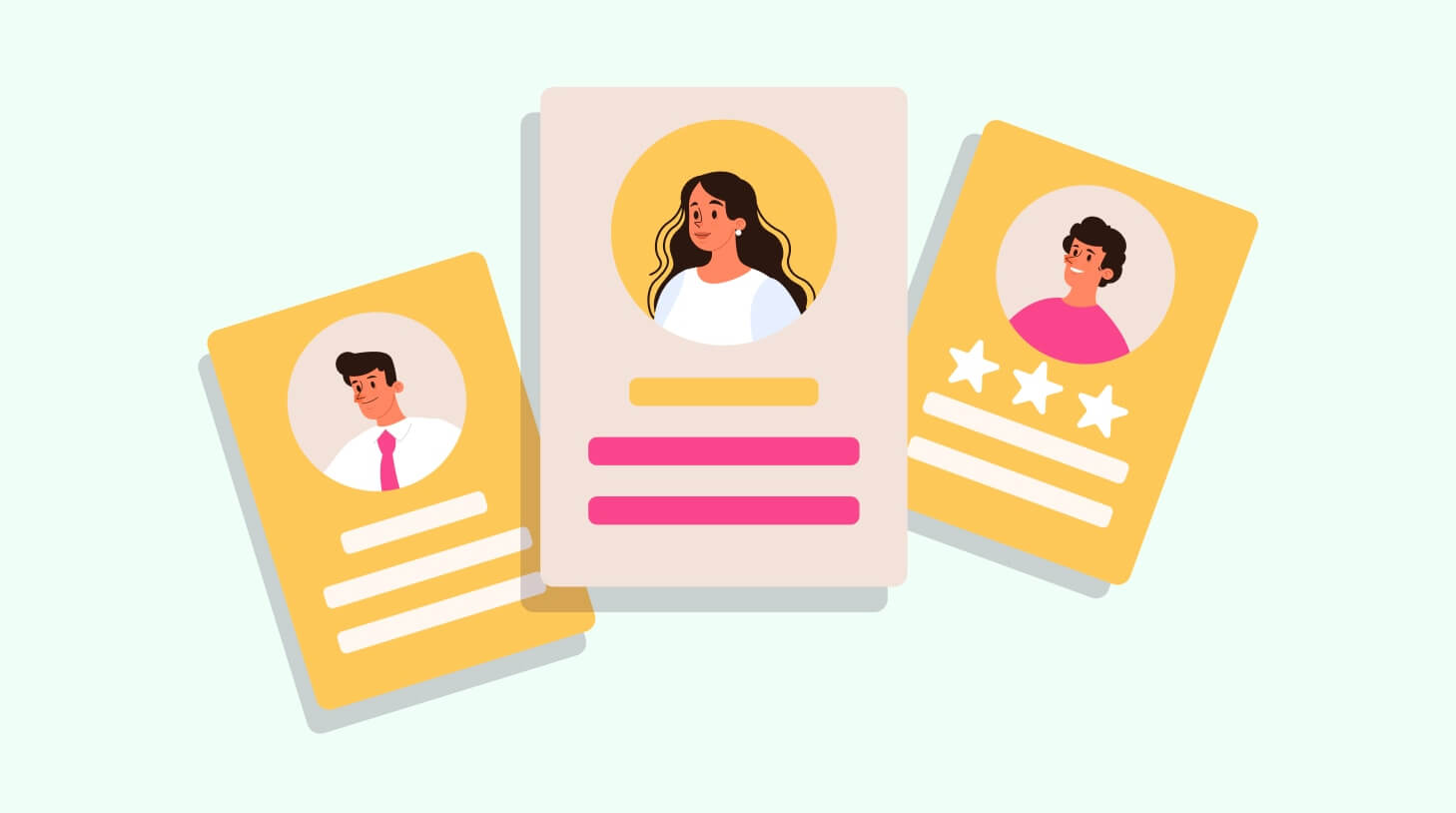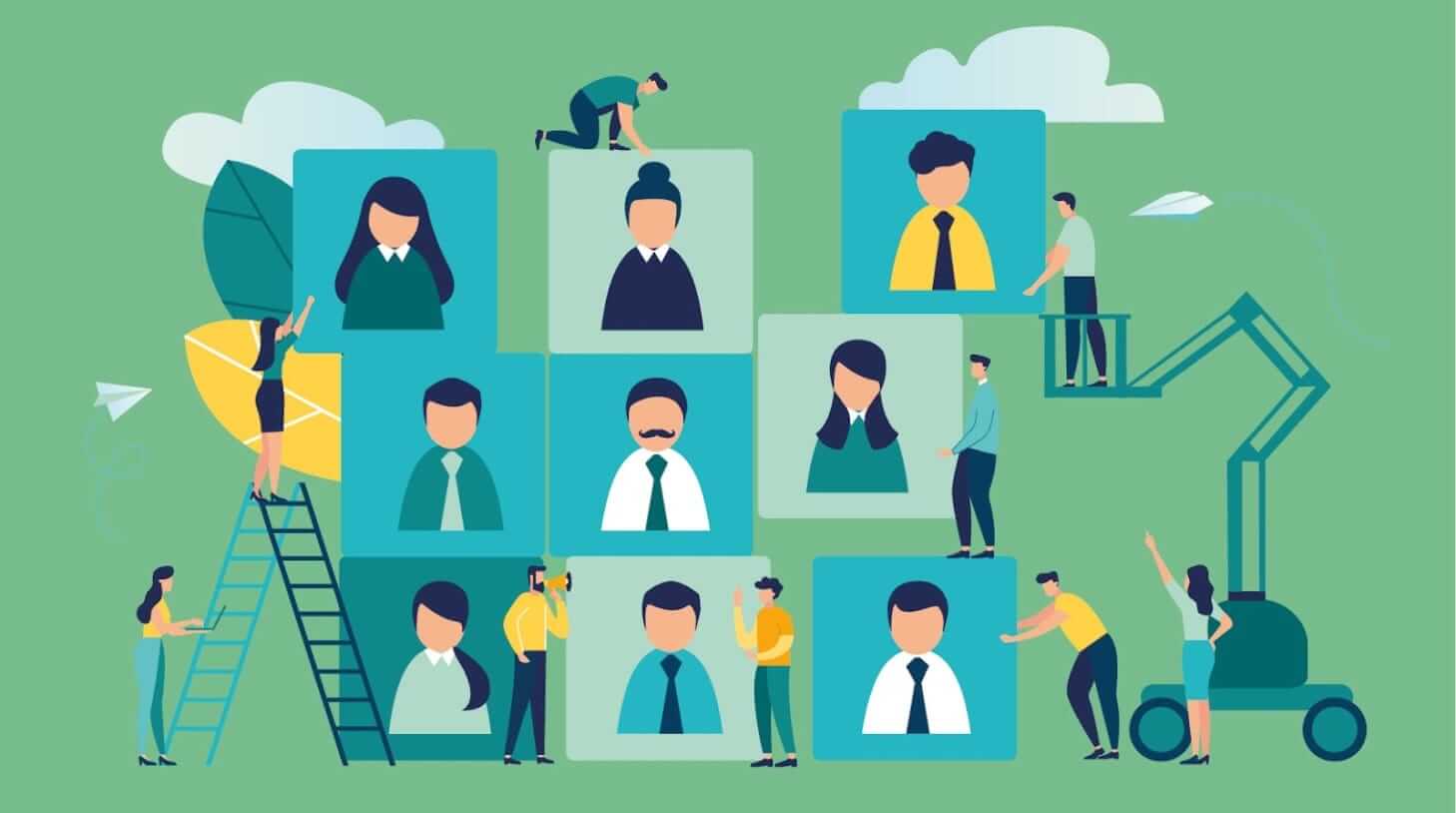How to use AI for human touch in recruitment
Using AI in the recruitment process can help you find better candidates more efficiently than you could otherwise. The caveat is that AI in talent acquisition needs human oversight and strategic thinking for it to be useful.

Recruitment is a necessarily human-facing field, and AI recruitment tools can’t automate all of the in-person interactions you need for a good candidate experience.
So the question is, how do you balance the efficiency of AI in talent acquisition with genuine human interaction as a recruiter?
It’s a delicate balance, but achieving that balance between recruitment process automation with human oversight can help you find talent faster and better than ever.
This post will offer actionable insights on how to balance AI in talent acquisition with your human oversight – identify where in the recruitment process AI can be most helpful, and how to get started using it.
Contents
Benefits of AI in hiring
AI recruitment tools make life easier for you as a recruiter by automating time-consuming tasks – they take care of the work that takes the most time but produces the least results.
Integrating AI in recruitment allows you to focus on more strategic tasks, and gives you more time to connect with the candidates you shortlist, interview, and hire.
This is a key point: AI should be used to enhance the recruitment process, not replace it.
If you’re new to generative AI tools, there are a few benefits of AI in the hiring process worth considering:
- Efficiency: AI recruitment tools can speed up your initial candidate screenings
- Improved candidate matching: AI tools can analyze large amounts of data and format it in a way that’s easy to use and understand, so you can match candidates to roles more accurately
- Reduced bias: Using AI in your hiring process can help mitigate unconscious biases you might not be fully aware of and focus purely on qualifications and skills-based hiring
Getting started with AI in recruitment
If you haven’t used AI tools before, integrating them into your existing hiring process can seem a little daunting.
Not to worry though. AI recruitment tools aren’t hard to learn – you just need to spend a little time with them. Here’s how you can get started:
Identify your needs
Start by assessing your current recruitment processes. Are there any repetitive administrative tasks that can be easily automated? If you could snap your fingers or wave a wand, what tasks would you train a robot to do for you if you could?
Clearly define your goals. Do you want to improve efficiency in your hiring process? Reduce your time-to-hire?
Knowing what you want to achieve will help you make the most out of these tools. Look at things like sorting resumes, scheduling interviews, and sending follow-up emails.
Choose the right tools
You can train AI recruiting tools to shortlist candidates based on a set of predefined criteria you set. That right there can free up more time for you to engage with the candidates and do your final decision-making.
Implement gradually
Start small. Begin by automating one or two tasks you identified. This way, you can test the tools out for yourself without overwhelming yourself or your team. Measure the results and make any necessary tweaks.
The key to the successful use of AI in talent acquisition is continual testing and improvement. It’s an iterative process.
Train your team
Proper AI onboarding for your recruitment team will help them make the most out of these tools. Organize training sessions to help mitigate any resistance to adoption. Open the floor to getting feedback from your team and find any parts of your AI recruitment workflows that need improvement.
Tasks AI can handle without human intervention
Using AI for automating hiring processes can save you a lot of time and administrative burden when it’s used for repetitive or data-intensive tasks. That allows you more time to build genuine relationships with your candidates.
There are a few places where you can start.
1. Initial resume screening
AI is very good for resume screening and can filter resumes for keywords and qualifications very quickly. That speeds up the initial screening process so that only the most qualified candidates move forward to the next stages.
2. Writing interview questions
Using ChatGPT and Workable AI together can help you make personalized interview questions and even evaluate the best answers. Try out the Workable interview question generator and then edit and fine-tune its output to make the questions more specific to the role.
3. Candidate sourcing
Why reinvent the wheel and start from scratch every time you hire for a new role if you don’t have to?
Integrating AI in recruitment can help you source candidates easily find past applicants, add them to your recruitment pipeline, and improve its decisions based on which candidates did or didn’t make it.
Maintaining human interaction in an AI-driven recruitment process
While AI can be a huge time-saving tool in recruitment, it can’t do your job for you. It’s there to help you and your team, not replace you.
Striking a balance between AI with human interaction is key to building strong relationships with your candidates and ensuring they have a positive experience.
Human-led follow-ups
AI in talent acquisition can handle the initial candidate sourcing and resume screening. You or someone on your team should take over from that point and handle the follow-ups.
Reach out to the shortlisted candidates personally. Having an AI chatbot do that part of the process is a bad idea. People can generally catch onto when they’re talking to an AI chatbot and it rubs them the wrong way.
Follow-up with a personalized email addressing specific points from the candidate’s resume or application. This way, your candidates feel valued and not like a faceless number in an automated system.
Assess culture fit
There are certain things that language learning models (LLMs) can’t evaluate, no matter how sophisticated they are. Soft skills like leadership, initiative, and communication are some of them.
AI can speed up the process of candidate shortlisting, but the final decision should involve the judgment of a human recruitment expert. That can only come from you or someone on your team.
During the interview process, assess the candidates’ communication skills, problem-solving abilities, and alignment with your organization’s culture.
Empathetic feedback
AI tools are designed to be friendly and helpful and to be aligned with human values, but they’re not capable of true empathy. Not yet, anyhow.
Refine the candidate evaluations you get from AI with your own personal insights and constructive criticism. Encourage an open, two-way dialogue where candidates can ask questions and be assured of getting an answer from a person.
Enhancing the candidate experience with AI
Combining both AI efficiency with human oversight can elevate your candidate experience to a new level. Here’s how to make the best out of both.
1. Timely communication
Your AI chatbots can provide instant answers to any common candidate questions. For anything more complicated, specific, or involved, you can delegate to a human recruiter.
Regular updates on the candidate’s application status should be automated if possible. Use AI tools to let your candidates know what’s going on.
2. Personalized feedback
AI can generate personalized feedback to help you prepare assessments. However, that feedback should be supplemented with your own insights and personal notes on the candidates’ performance.
3. Efficient scheduling
Candidates can use AI self-scheduling tools to choose interview times that best fit their schedules. That cuts out a lot of the unnecessary back-and-forth communication, so you can spend more time preparing for the interview itself.
Use AI to make recruiting easier, so you can focus on what’s important
AI hiring tools can handle the drudgery and repetitive tasks, so you and your recruitment team can step in and make the candidate experience more personal and empathetic.
Are you curious about how you can use AI to improve your hiring strategy? Check out Workable’s AI features and start planning on using these tools to set your organization apart.
Frequently asked questions
- How does AI improve the recruitment process?
- AI enhances recruitment by automating repetitive tasks, such as initial resume screening, and improving candidate matching through data analysis. This increases efficiency, allowing recruiters to focus on strategic tasks and personal interactions, ultimately leading to faster and better hiring decisions.
- Can AI eliminate bias in hiring?
- AI can significantly reduce unconscious bias by focusing purely on qualifications and skills. It analyzes data without human prejudices, ensuring fairer candidate evaluations. However, human oversight is essential to address any potential biases in AI algorithms and ensure equitable hiring practices.
- How can recruiters balance AI with human interaction?
- To balance AI with human interaction, use AI for initial screenings and automating repetitive tasks. Human recruiters should handle follow-ups, personalized communications, and final decision-making to ensure candidates feel valued and assessed for cultural fit and soft skills.
- What are the first steps to implementing AI in recruitment?
- Start by identifying repetitive tasks in your recruitment process that can be automated. Choose AI tools that align with your goals, such as improving efficiency or reducing time-to-hire. Implement these tools gradually, measure results, and continuously refine your approach based on feedback and performance metrics.
- What tasks can AI handle in recruitment?
- AI can handle initial resume screenings, generate personalized interview questions, and source candidates from existing databases. These tasks save time and administrative effort, allowing recruiters to focus on engaging with candidates, assessing cultural fit, and making final hiring decisions.



